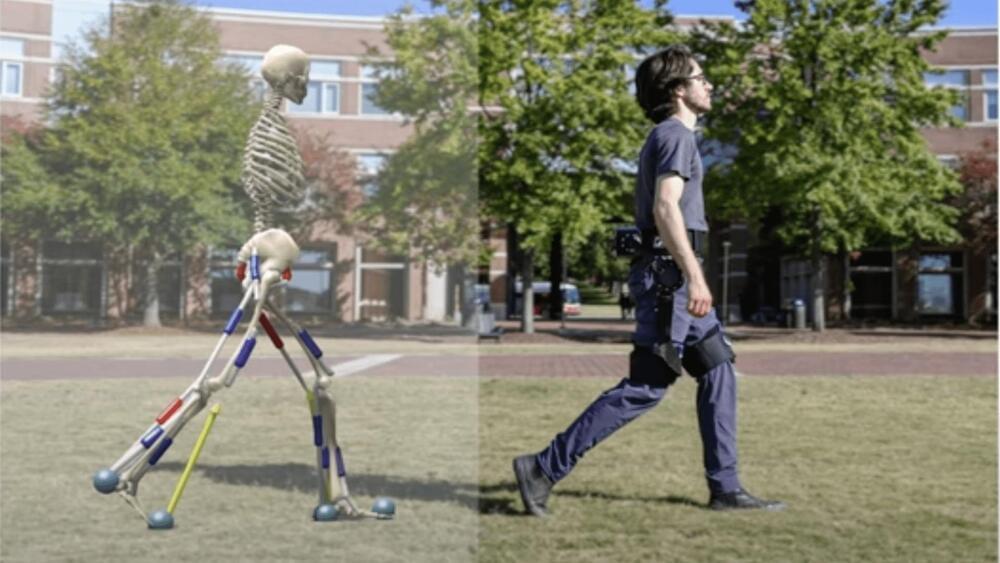Jun 18, 2024
The unexpected behavior of pulsing stars could help us measure the universe
Posted by Shubham Ghosh Roy in category: space
Studying pulsing Cepheid stars offers a cosmic yardstick by which to measure the universe.
Studying pulsing Cepheid stars offers a cosmic yardstick by which to measure the universe.
In a somewhat unexpected turn of events, the ongoing controversy surrounding Photoshop and Substance 3D developer Adobe has extended beyond negative social media comments and Twitter Community Notes and into real life, with the company getting sued by the US government on the grounds of the former’s questionable business practices.
The federal court complaint, filed by the Department of Justice following a referral from the Federal Trade Commission, alleges that Adobe has been harming its users by enrolling them in its default subscription plan without clearly disclosing important terms regarding the cancellation process, effectively making one’s attempt to cancel their subscription a massive pain in the back.
👉 Runway has introduced Gen-3 Alpha, a new AI model that offers significant improvements in detail, consistency, and motion representation in the generated videos compared to its predecessor, Gen-2.
Runway has introduced Gen-3 Alpha, a new AI model for video generation. According to Runway, it represents a “significant improvement” over its predecessor, Gen-2, in terms of detail, consistency, and motion representation.
Gen-3 Alpha has been trained on a mix of video and images and, like its predecessor, which was launched in November 2023, supports text-to-video, image-to-video, and text-to-image functions, as well as control modes such as Motion Brush, Advanced Camera Controls, and Director Mode. Additional tools are planned for the future to provide even greater control over structure, style, and motion.
Continue reading “Runway Gen-3 Alpha: New video model closes gap with OpenAI’s Sora” »

Liquid neural networks, spiking neural networks, neuromorphic chips. The next generation of AI will be very different.
#ainews #ai #agi #singularity #neuralnetworks #machinelearning.
Thanks to our sponsor, Bright Data:
Train your AI models with high-volume, high-quality web data through reliable pipelines, ready-to-use datasets, and scraping APIs.
Continue reading “The future of AI looks like THIS (& it can learn infinitely)” »
Video-to-audio research uses video pixels and text prompts to generate rich soundtracks.
Video generation models are advancing at an incredible pace, but many current systems can only generate silent output. One of the next major steps toward bringing generated movies to life is creating soundtracks for these silent videos.
Today, we’re sharing progress on our video-to-audio (V2A) technology, which makes synchronized audiovisual generation possible. V2A combines video pixels with natural language text prompts to generate rich soundscapes for the on-screen action.

The exoskeleton is being developed for older adults and people with conditions like cerebral palsy:
A new method developed by researchers uses AI and computer simulations to train robotic exoskeletons to autonomously help users save energy.
Continue reading “AI improves human locomotion in robotic exoskeletons, saves 25% energy” »
A connection between time-varying networks and transport theory opens prospects for developing predictive equations of motion for networks.
Many real-world networks change over time. Think, for example, of social interactions, gene activation in a cell, or strategy making in financial markets, where connections and disconnections occur all the time. Understanding and anticipating these microscopic kinetics is an overarching goal of network science, not least because it could enable the early detection and prevention of natural and human-made disasters. A team led by Fragkiskos Papadopoulos of Cyprus University of Technology has gained groundbreaking insights into this problem by recasting the discrete dynamics of a network as a continuous time series [1] (Fig. 1). In doing so, the researchers have discovered that if the breaking and forming of links are represented as a particle moving in a suitable geometric space, then its motion is subdiffusive—that is, slower than it would be if it diffused normally.
Using a specially designed 3D printed vacuum system, scientists have developed a way to “trap” dark matter with the aim of detecting domain walls. This will be a significant step forwards in unraveling some of the mysteries of the universe.
Using the James Webb Space Telescope (JWST), astronomers from the Space Telescope Science Institute (STScI) have discovered a new supernova. Designated SN 2023adsy, the newfound stellar explosion is the most distant Type Ia supernova so far detected. The finding was detailed in a research paper published June 7 on the pre-print server arXiv.
